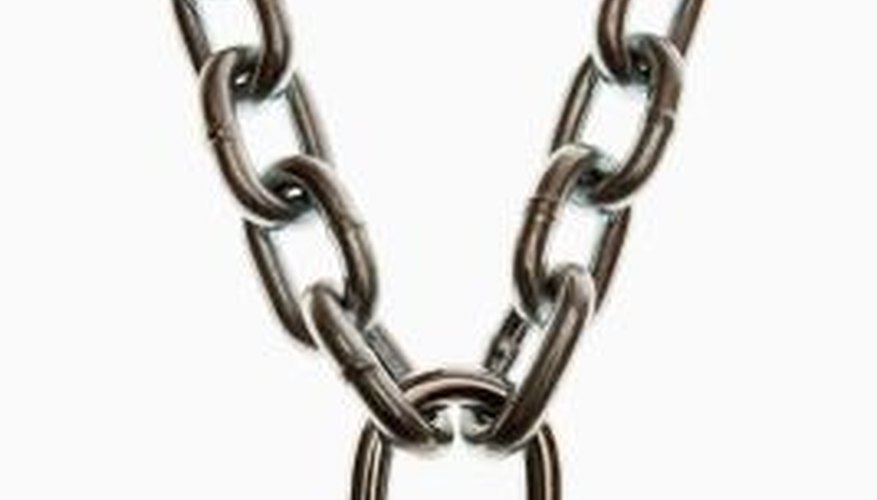Padlocks are available in sizes from miniature to extra large for securing your valuables. Taking correct measurements of a padlock will determine if it will fit on the item you are securing. The opening inside the shackle must accommodate the length and width of the locked item so it can close securely. The shackle diameter must also fit the locked item so it can be inserted through the two holes that accommodate it.
Measure the width of the padlock body horizontally from the left side to the right side.
- Padlocks are available in sizes from miniature to extra large for securing your valuables.
- Measure the width of the padlock body horizontally from the left side to the right side.
Measure the length of the padlock body vertically from top to bottom.
Push the shackle into the body of the padlock to lock it. Measure the length of the opening from the centre top of the padlock body to the centre top of the shackle. Measure the width of the opening horizontally in the centre of the opening.
Place a measuring tape on a flat surface. Set the padlock's shackle on top of the measuring tape's tip with the left side of the shackle on the zero mark. Read the diameter of the shackle on the measuring tape where the right side of the shackle touches the measuring tape.
Choose a luggage lock that is small in size with the width slightly over 1 inch to secure luggage, backpacks, sports bags, laptop cases and duffel bags. Purchase a padlock with a long shank to lock storage lockers, tool chests and bicycles so there is ample room in the opening to accommodate bulky items.
TIP
Padlocks with a higher security level have shrouded shackles and a larger amount of pins to make the lock harder to cut off an object or to pick. Choose a padlock that has extra shackle opening width and length over the size of the two items you are securing so that the lock is easier to close.
